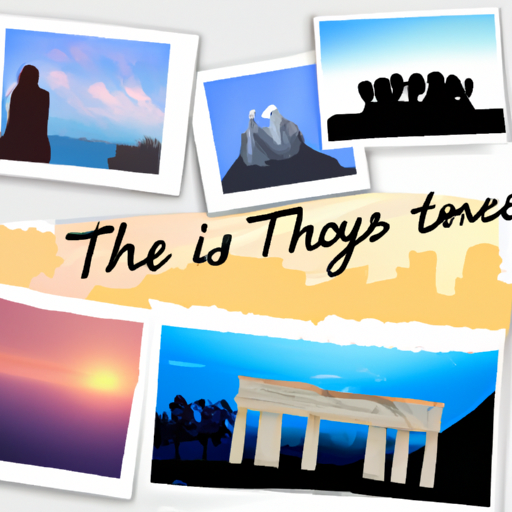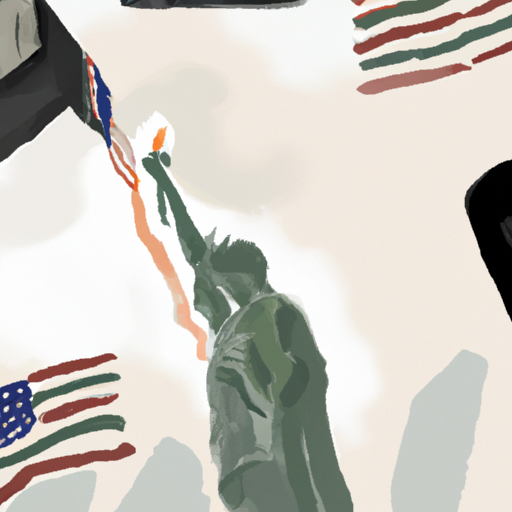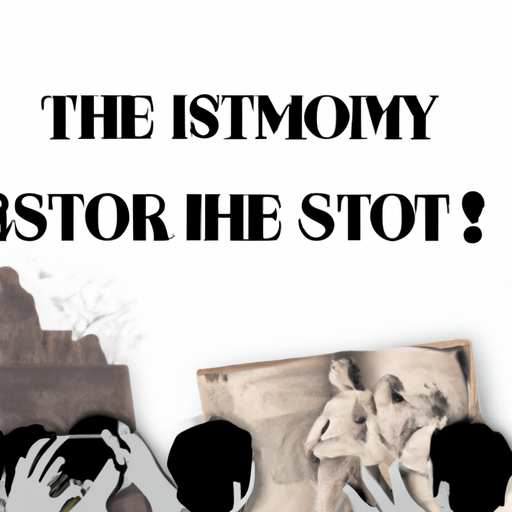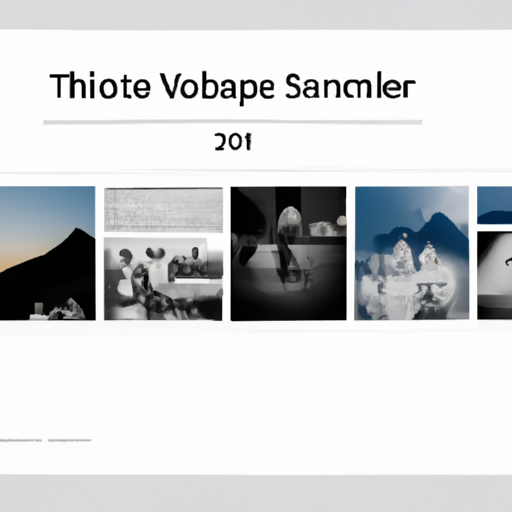Exploring the History of Marriages in Victorian Era: Was Love a Factor?
Unearth the captivating chronicles of matrimony in the Victorian era and explore if adoration was truly a factor! Delve into the stories of these unions to uncover the truth about how couples were wed. Was it for love, or something else? Uncover the secrets of this time period and learn more about these marriages.

The Victorian era has been an intriguing topic for generations, with its captivating stories of matrimony often sparking debate and discussion. What was the purpose of these marriages? Was it a matter of love or something else? To find out, we must journey through history and take a closer look at the reasons why couples were joining together. By examining the chronicles of this period, we can gain insight into how people were wed during this era as well as what motivated them to do so. With such knowledge, we may be able to uncover if affection was involved or if some other factor drove these unions.
.
Introduction

Ascertaining the veracity of whether or not love was a factor in Victorian-era marriages is a convoluted undertaking, as its presence or absence depends on sundry components such as social standing, religion, and family background. By and large, unions during this time period were frequently organized by families for their mutual financial and social benefit. Love was not necessarily a prerequisite in these choices. Nevertheless, there were some exemptions to this rule; among the middle and upper classes, sentimentality could sometimes be a fundamental element when selecting a partner. Examining the annals of marriage in the Victorian era reveals that although love may not have always been the leading impetus in choosing whom to marry, it did hold sway in certain circumstances.
– History of Love and Marriage in the Victorian Era
The Victorian era was a period of perplexing and highly varied views on love and marriage. Connections were often determined by family members or other influential figures, with little to no consideration of the feelings of the couple in question. This was done to ensure that both families would benefit from the union, regardless of whether love was involved. Marriages during this time were also seen as a way to sustain social standing and wealth, so unions between people of different classes were uncommon. Women were expected to be submissive to their husbands and had limited rights within marriage.
However, despite these restrictions, many couples did discover genuine love during this age. Romantic courtship rituals became popular among upper classes, while literature celebrated passionate relationships between men and women. Poets such as Robert Browning wrote about couples who disregarded societal conventions while finding true love, while Jane Austen’s Pride & Prejudice explored themes of romance triumphing over class differences.
The history of love and marriage in the Victorian era is complicated but captivating; although there were stringent regulations regarding whom one could marry, some couples did find real affection despite social conventions – an indication of the strength of romance even in trying times!
– Examining the Social Expectations of Marriage in Victorian England
In a time when the institution of marriage was steeped in stringent regulations and stringent social conventions, Victorian England was no exception. History paints a picture of the Victorians placing great weight on matrimony as a device for upholding steadiness, respectability, and morality. Marriage was seen as a means to maintain the social order and ensure that family life would continue on. In accordance with this, there were rules dictating who could tie the knot with whom and how they should conduct themselves in their union.
For instance, men were expected to be the breadwinners while women had to be submissive to their husbands; couples were supposed to stay devoted to one another, and divorce was not allowed; marrying someone from an alternate class was frowned upon; and arranged marriages were common.
These social expectations had deep implications on individuals living during this period. Women didn’t have any legal protection against domestic abuse or marital rape; they couldn’t own property or inherit anything; they were financially dependent on their husbands so lacked independence within their unions.
Overall, studying the societal outlooks on marriage in Victorian England gives us a valuable glimpse into how gender roles shaped people’s lives then. It is evident that these expectations put significant restraints on people’s freedom and autonomy within their relationships – particularly for women.
– Historical Analysis of Arranged Marriages during the Victorian Period
Throughout the ages, unions between two parties for a variety of reasons have been commonplace, and the Victorian period was no exception. During this time, marriages were often organized to bolster family ties, form alliances between families, or secure financial stability. In this article, we will take a look at how arranged marriages shaped society during the Victorian period and their lasting effects on modern relationships.
Marriage for monetary gain was particularly popular among the nobility in medieval Europe, and it was also prevalent among middle-class families in the Victorian era. These unions often involved two families from similar social classes and were intended to strengthen familial bonds or improve economic prospects for both parties. Additionally, many marriages during this time were arranged for religious reasons as parents sought to keep their children within their faith so that they could maintain their cultural identity and pass it on through generations.
The impact of arranged marriages in the Victorian era was wide-reaching with both positive and negative repercussions. On one hand, these unions provided financial stability and helped preserve traditional values which allowed families to thrive in a rapidly changing world. On the other hand, arranged marriages placed unrealistic expectations on couples who may not have been compatible with each other or had different goals in life; thus leading to unhappiness in many instances due to lack of mutual understanding or shared interests.
Arranged marriages during the Victorian period played an integral role in shaping society at the time and still have an effect on modern relationships today. Although these unions are no longer as common as they once were, they still serve as a reminder of how our past has impacted our current understanding of marriage and relationships.
– Investigating How Love Influenced Courtship in th Century Britain
In the 19th century, courtship in Britain was an intriguing affair, full of passionate emotions and tumultuous moments. Historical records show us that people back then had their own unique ways of expressing love and devotion to one another. Letters were often exchanged between couples, containing ardent declarations and promises of marriage. There were also a variety of rituals associated with courtship during this period, such as taking walks together or exchanging gifts. These activities demonstrate how profoundly love affected the course of courtship during this time. Even now, its influence can still be seen in the way British people interact with each other.
– Exploring the Impact of Religion on Love and Marriage in Victorian Society
The Victorian era was a time of immense transformation, both socially and politically. Religion loomed large in the lives of many Victorians, and its sway on love and marriage was considerable. In this article, we will explore the effects of religion on these matters during that period.
Christianity was the most influential religious force in Victorian England. The Church of England had a great impact on people’s perspectives of romance and marriage, particularly through its teachings about chastity prior to wedlock. This meant that couples often viewed marriage as a moral duty instead of an expression of love or ardor between them.
Divorce wasn’t legally allowed until 1857 when Parliament passed the Matrimonial Causes Act; even then it was difficult to obtain due to its high cost and lengthy legal process. Consequently, many couples stayed together despite unhappiness or abuse out of religious conviction that divorce was immoral in God’s eyes.
Religion also affected how Victorians viewed their marriages after they were married. Many believed that God had ordained their union and so it should be respected no matter what happened between them personally or financially. This faith-based conviction led couples to remain together even if they faced poverty or illness because they felt obligated to do so out of respect for their beliefs.
To sum up, religion played an integral role in shaping attitudes towards love and marriage during the Victorian era. It impacted views on premarital relations, divorce, and long-term marital commitment which all contributed to making marriage a more serious institution than it is today. By understanding this history we can gain insight into how religion has influenced our approach towards love and marriage throughout history until today’s modern age.
conclusion

The past speaks volumes. Evidently, in the Victorian era, love was a major factor in marriage decisions. Arranged unions were still prevalent, yet many couples opted to wed for love and even eloped in some cases. Romance was admired greatly during this period, and many individuals chose to pursue it when deciding who they would marry.
.
Some questions with answers
Q1. Did people in the Victorian era marry for love?
A1. Yes, some people did marry for love in the Victorian era.
Q2. How was marriage viewed during this time period?
A2. Marriage during this time period was often seen as a way to combine families and gain social status or wealth.
Q3. Was it common for people to marry for love in the Victorian era?
A3. It was not very common for people to marry for love in the Victorian era, but it did happen occasionally.
Q4. What were some of the reasons why people married in the Victorian era?
A4. Some of the reasons why people married in the Victorian era were to gain social status, increase wealth, or form political alliances.
Q5. Are there any historical records that document marriages based on love during this time period?
A5. Yes, there are some historical records that document marriages based on love during this time period, such as diaries and letters written by those who lived during this time period.





